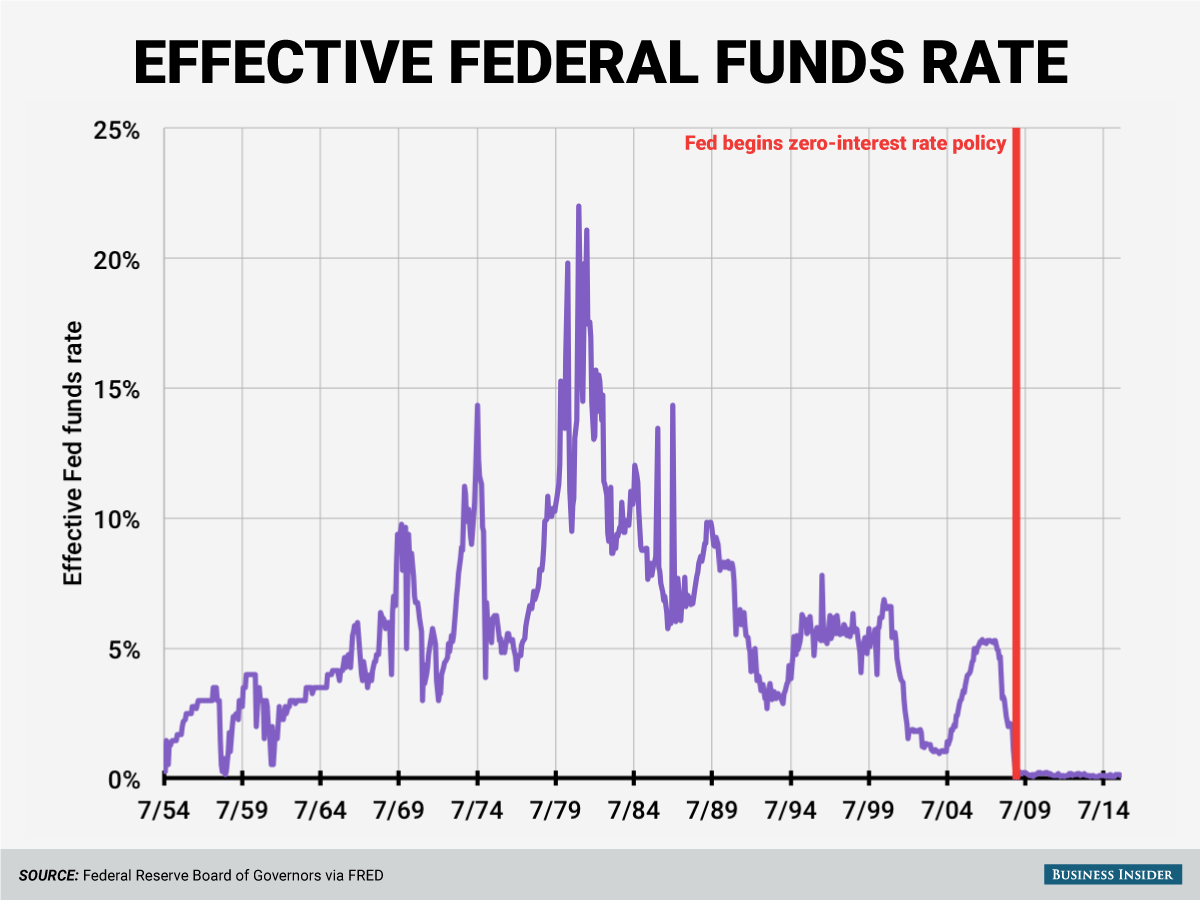Sea Level Rise: Urgent Action Needed To Protect Coastal Areas

Table of Contents
The Causes of Sea Level Rise
Sea level rise is a complex phenomenon driven by multiple factors, all interconnected and exacerbated by climate change.
Thermal Expansion
Warming oceans are the primary driver of sea level rise. As global temperatures increase, the water in our oceans expands, occupying a larger volume and causing sea levels to rise.
- Rising global temperatures, primarily due to greenhouse gas emissions from human activities, are the main culprit behind ocean warming.
- Data from satellite altimetry consistently shows a significant increase in ocean volume due to thermal expansion, contributing significantly to the overall rise in sea level. The rate of thermal expansion is accelerating.
- The continued emission of greenhouse gases, such as carbon dioxide and methane, will further exacerbate ocean warming and thermal expansion, leading to greater sea level rise.
Melting Glaciers and Ice Sheets
The melting of glaciers and ice sheets, particularly in Greenland and Antarctica, significantly contributes to rising sea levels. As these massive ice bodies melt, the resulting meltwater flows into the oceans, increasing their volume.
- Greenland's ice sheet is losing mass at an alarming rate, contributing significantly to sea level rise.
- Antarctica, the largest ice sheet on Earth, is also experiencing accelerated melting, with potential for catastrophic sea level rise in the coming decades.
- Climate change is accelerating the melting of glaciers and ice sheets through rising air and ocean temperatures. This increased melting is a major factor in rising sea levels. Studies consistently show a direct correlation between rising global temperatures and ice mass loss.
Land Subsidence
In some regions, the land itself is sinking, contributing to a relative rise in sea level. This phenomenon, known as land subsidence, exacerbates the effects of sea level rise.
- Groundwater extraction can cause land subsidence as the removal of groundwater reduces the support structure of the land.
- Tectonic activity can also cause land to sink, leading to increased vulnerability to sea level rise.
- Coastal areas experiencing significant land subsidence are particularly at risk from flooding and erosion due to the combined effects of land sinking and rising sea levels. Examples include coastal regions in Southeast Asia and parts of the United States.
Impacts of Sea Level Rise on Coastal Areas
The consequences of sea level rise are far-reaching and devastating for coastal communities and ecosystems.
Coastal Erosion and Flooding
Rising sea levels directly lead to increased coastal erosion and more frequent and intense flooding events.
- Coastal erosion threatens vital infrastructure such as roads, buildings, and protective barriers.
- Increased frequency and severity of coastal flooding cause damage to property, displace populations, and disrupt daily life.
- Vulnerable coastal areas, including low-lying islands and densely populated deltas, face the most severe impacts of coastal erosion and flooding from rising sea levels.
Saltwater Intrusion
Rising sea levels lead to saltwater intrusion into freshwater sources, contaminating drinking water supplies and harming agriculture.
- Saltwater intrusion contaminates freshwater aquifers, making them unsuitable for drinking water and irrigation.
- Agriculture suffers due to the salinization of soils, impacting crop yields and food security.
- Coastal ecosystems are severely affected by saltwater intrusion, leading to habitat loss and biodiversity decline.
Displacement and Migration
Sea level rise forces people from their homes, leading to displacement and migration, with significant social and economic consequences.
- Coastal communities are particularly vulnerable, with millions facing displacement due to sea level rise.
- Displacement can lead to social unrest, economic hardship, and loss of cultural heritage.
- Migration caused by sea level rise puts pressure on receiving communities and can exacerbate existing social and economic inequalities.
Strategies for Protecting Coastal Areas from Sea Level Rise
Addressing sea level rise requires a multi-pronged approach that combines engineering solutions, nature-based strategies, and effective policy.
Coastal Engineering Solutions
Coastal engineering offers various approaches to protect coastlines from erosion and flooding.
- Seawalls provide physical barriers against waves and erosion, but can be expensive and have negative ecological impacts.
- Breakwaters reduce wave energy, protecting coastlines but may require regular maintenance.
- Beach nourishment replenishes eroded beaches, offering a more natural approach but requiring ongoing replenishment.
Nature-Based Solutions
Nature-based solutions harness the power of natural ecosystems to provide coastal protection.
- Mangrove restoration and creation provide natural buffers against storm surges and erosion, offering significant ecological benefits.
- Salt marsh creation and restoration provide similar protection and enhance biodiversity.
- Dune stabilization helps protect coastlines through natural barriers, requiring minimal maintenance.
Policy and Planning
Effective policies and planning are crucial for managing the risks of sea level rise.
- Coastal zone management plans should incorporate sea level rise projections and implement sustainable development strategies.
- Building codes should be updated to reflect the increased risk of flooding and coastal erosion.
- International cooperation is vital for addressing climate change and mitigating sea level rise, requiring global efforts to reduce greenhouse gas emissions.
Taking Urgent Action on Sea Level Rise
Sea level rise presents a grave and imminent threat to coastal communities and ecosystems. The evidence is undeniable: rising global temperatures, melting ice sheets, and thermal expansion are driving a concerning acceleration in sea level rise, resulting in devastating coastal erosion, increased flooding, saltwater intrusion, and displacement of populations. We must act decisively to protect vulnerable areas. Implementing a combination of coastal engineering solutions and nature-based approaches is crucial, alongside robust policies that encourage sustainable land use and prioritize climate change mitigation. International cooperation is vital to reduce greenhouse gas emissions and slow the rate of sea level rise. Learn more about the threats of sea level rise and take action today to protect our vulnerable coastal communities. Ignoring the escalating dangers of sea level rise will have catastrophic consequences. Let's work together to build a more resilient future for our coastlines.

Featured Posts
-
 Interest Rate Cuts Why The Federal Reserve Is Lagging Behind
May 10, 2025
Interest Rate Cuts Why The Federal Reserve Is Lagging Behind
May 10, 2025 -
 Samuel Dickson Life And Times Of A Canadian Industrialist
May 10, 2025
Samuel Dickson Life And Times Of A Canadian Industrialist
May 10, 2025 -
 Bubble Blasters And The Ripple Effect Analyzing The Impact Of Trade Chaos On Chinese Goods
May 10, 2025
Bubble Blasters And The Ripple Effect Analyzing The Impact Of Trade Chaos On Chinese Goods
May 10, 2025 -
 Hills Shutout Performance Propels Golden Knights To 4 0 Win Over Blue Jackets
May 10, 2025
Hills Shutout Performance Propels Golden Knights To 4 0 Win Over Blue Jackets
May 10, 2025 -
 Nikto Ne Priekhal K Zelenskomu Na 9 Maya Odinochestvo Prezidenta
May 10, 2025
Nikto Ne Priekhal K Zelenskomu Na 9 Maya Odinochestvo Prezidenta
May 10, 2025
